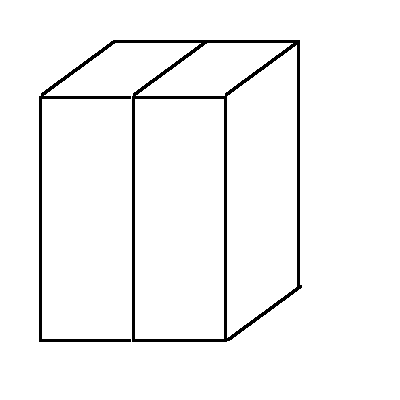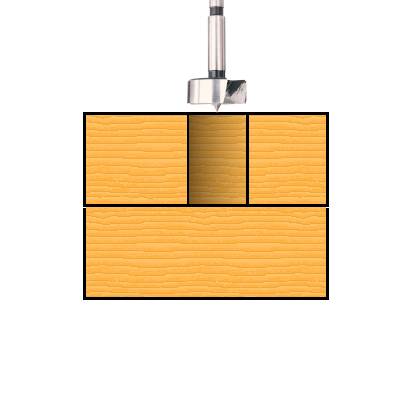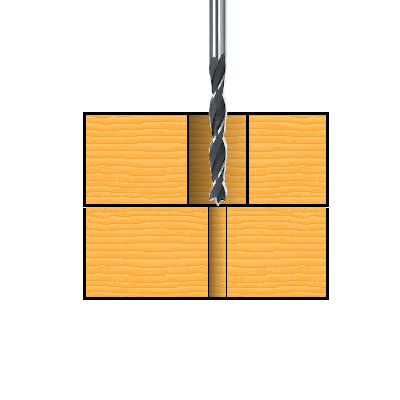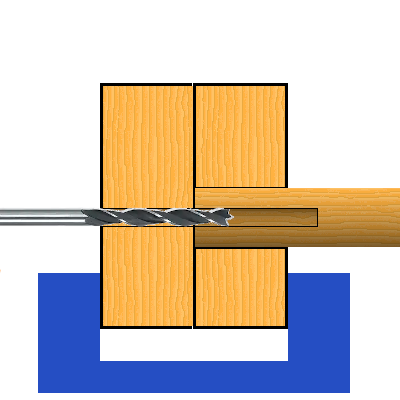I recently purchased a Stihl MS 661 chainsaw and a Granberg 36″ Alaskan Chainsaw Mill. After finally receiving chains meant for ripping (this took a month and a half due to COVID delays), I got out in the yard this weekend to slab up a pine log I picked up from a neighbor.
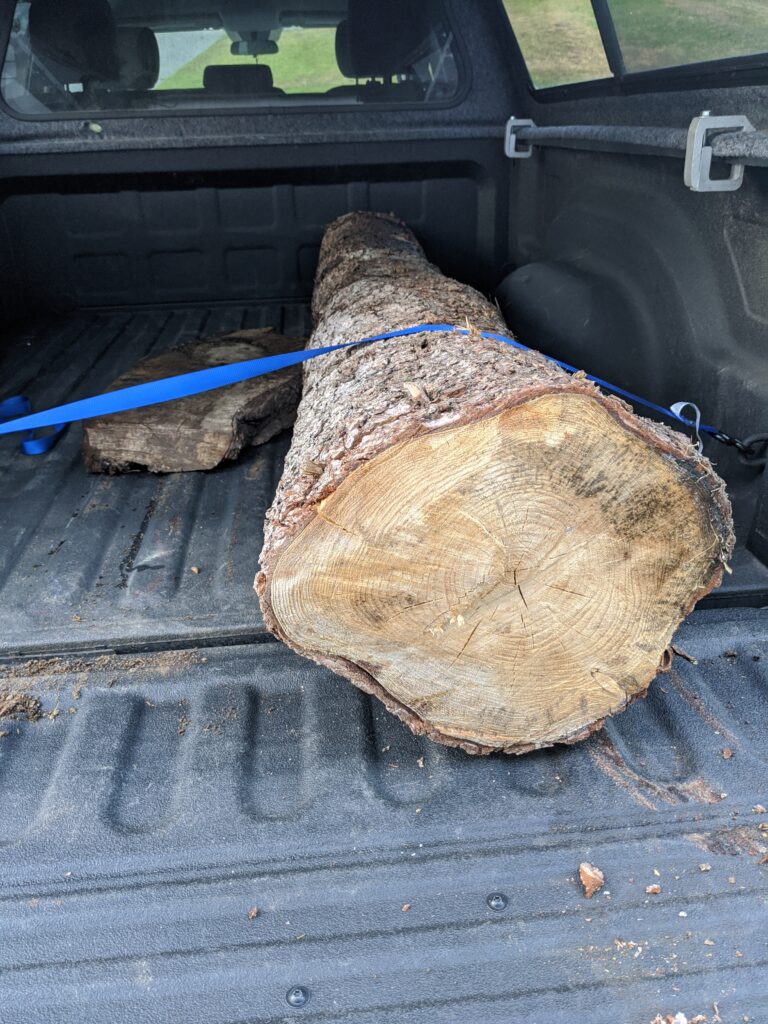
The process I used for milling isn’t really unique. There are hundreds of videos on Youtube that show the same technique, but I thought it would be fun to write up my own experience.
I used an old aluminum extension ladder to guide the first cut. Putting screws through the rungs and into the log secured the ladder, giving me a flat level surface for my first cut.
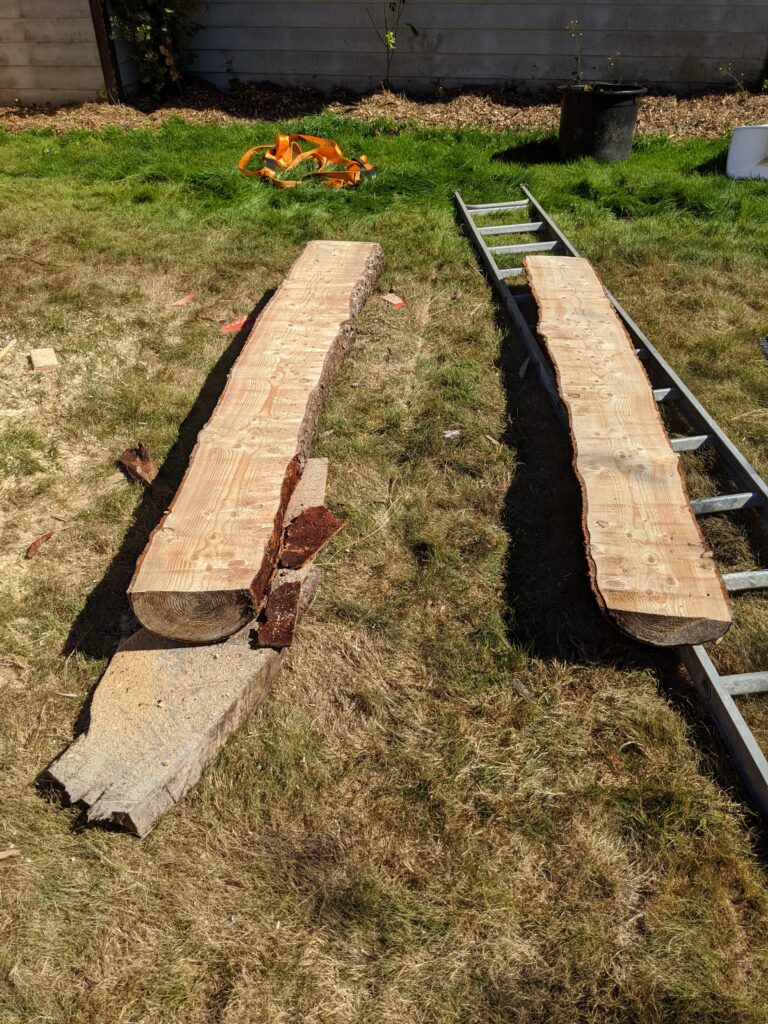
After finishing the first cut, I made the rest of the cuts using the flat top of the last cut to register the saw mill.

I got 2 slabs from the log, each 2 1/2″ thick. After that, I decided to get one more cut from the top of the log. I had set for a very thick cut to avoid hitting the screws with my saw, so I was able to get an additional 1 1/2″ slab from that top.
I stacked the slabs in a shady part of my yard. I had some short pieces of cedar (left-overs from our new fence) which I used as stickers, but I will eventually rip some smaller stickers and re-stack the logs.
I learned this technique for air drying lumber from Matt Cremona’s Youtube channel. Hopefully it works here in the Pacific Northwest. I guess I’ll find out in a year or so.
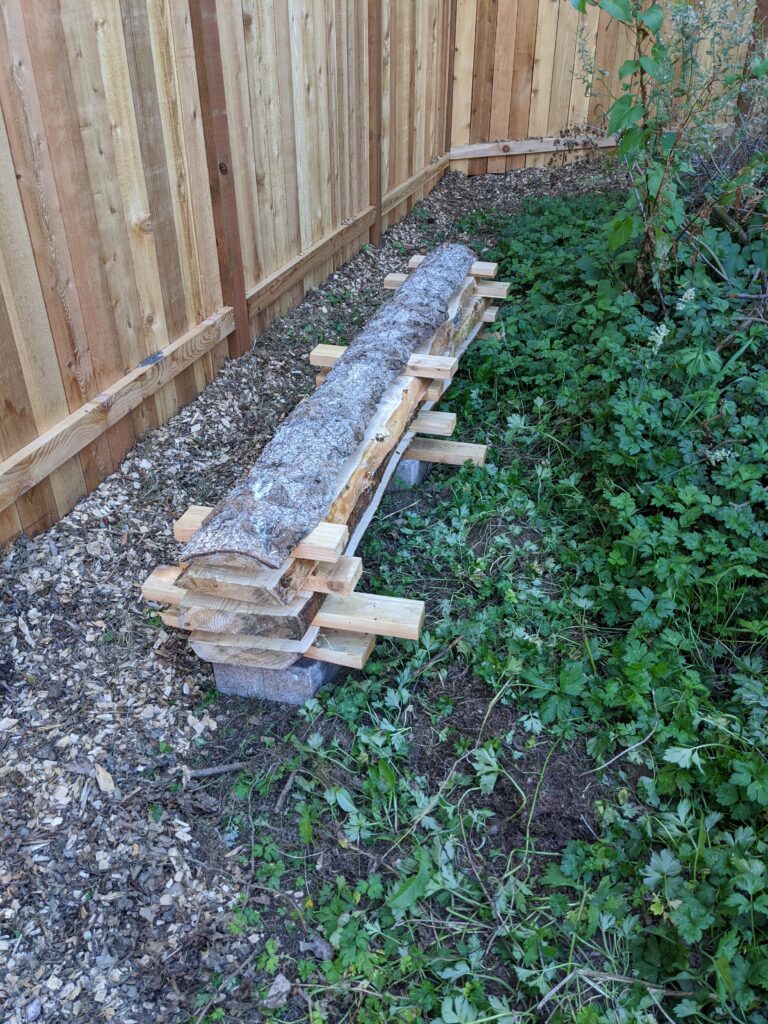
Slabbing the log only took a couple hours (include some novice mill setup). It was a bit exhausting, especially in 90º weather, but it was very satisfying to see the slabs coming off the log. I’m looking forward to cutting up more logs in the future!
Other Equipment
Here is some other equipment I used for milling.
Husqvarna Forest Helmet – Since I’m just milling on the ground, I don’t think the hard hat is important, but the integrated face screen and hearing protection make this a convenient choice.
Chainsaw Work Gloves – I picked these out on Amazon. They’re comfortable and flexible. I can’t speak to their effectiveness at stopping a saw (and hopefully never will), but they do a good job of protecting my hands from the heat of the saw head while milling.
Timber Savage 5.5″ Felling Wedges – I use these to keep the log from pinching the saw. I’ve also used them to help wedge under the log and keep it stable while milling. Any rubber mallet is also handy for knocking the wedges into place.
Forester Chainsaw Safety Chaps – Again, I hopefully won’t ever have to experience the safety effectiveness of these, but they’re a good safety precaution.
3M Reusable Respirator and filter – From what I’ve read online, these aren’t necessary, and I’m not even sure if they’re effective at eliminating fumes from the chainsaw. That said, they do reduce the strong exhaust smell while I’m cutting.
